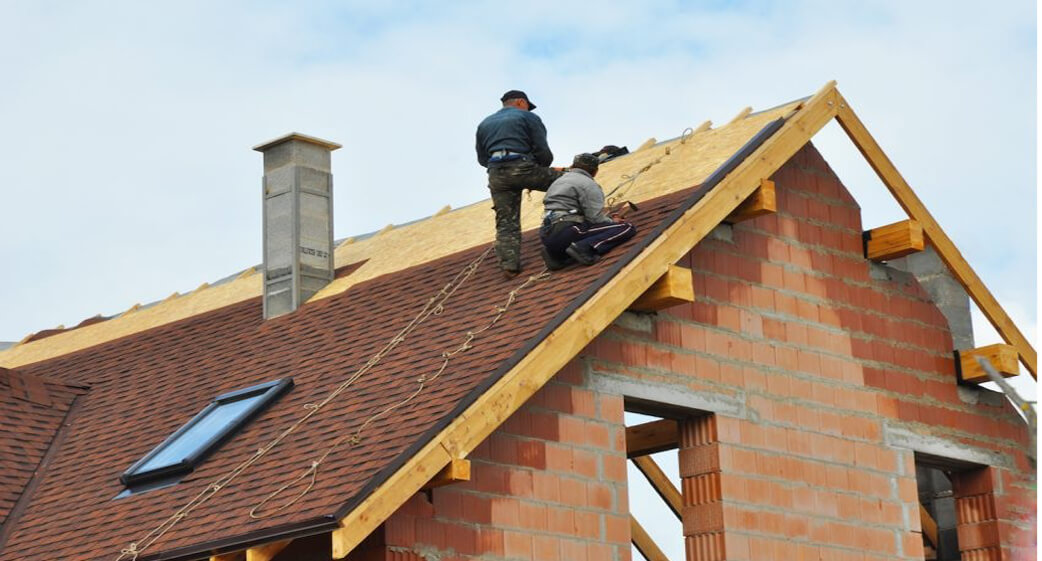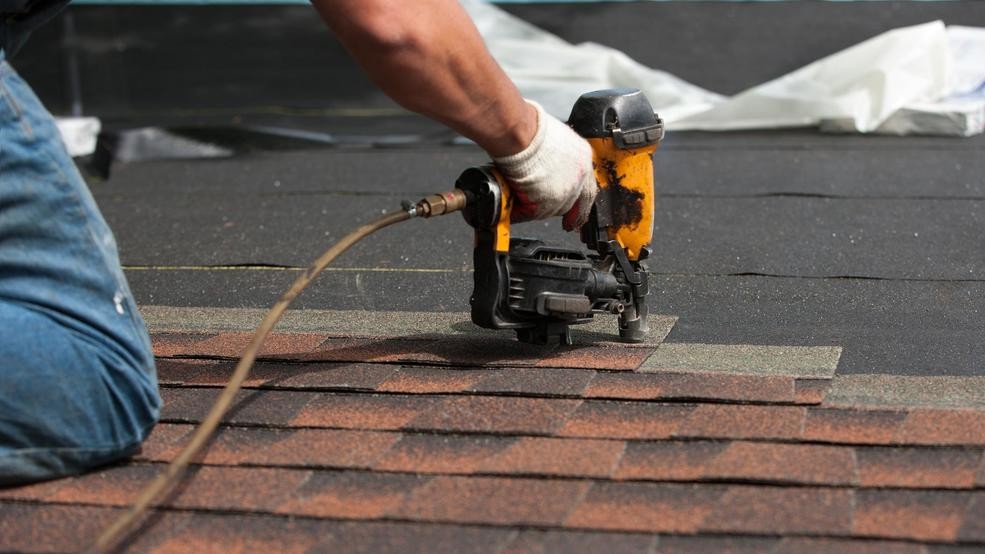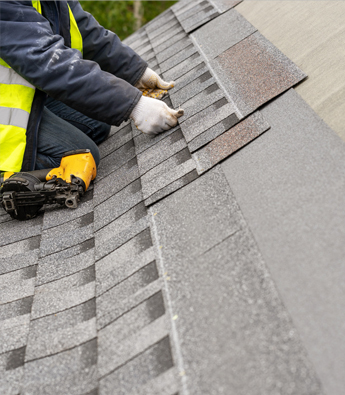
Your roof is the first line of defense against external elements and plays a vital role in improving your home’s aesthetic appeal. Unfortunately, this is one area of the house where it’s common to find poor workmanship. When you invest in roof repair or replacement, you expect your roof to perform as it should and look beautiful as well. If you hire a contractor who lacks the skill needed to deliver quality work or one who cuts corners to save time or money, you will deal with costly and numerous problems down the line. To find out if your roofer did a good job, we’ve outlined some things you should pay attention to.
1: Your Roof Has Drip Edge Flashing
A professional roofer knows that drip edges require shingle roofs and need to reach gutters at a 45-degree pitch to carry water away from home. Drip edge flashing is a metal sheet that should be installed at every edge of your roof to protect the fascia board from water damage.
This metal flashing fits between the shingles and the underlayment and extends over the gutter when appropriately installed. If you look at the gables and eaves and see shiny metal, you know the roofer did something right.
2: Your Roof Has a Uniform Appearance
After a roof repair or replacement, be sure to do a visual inspection from time to time. Ideally, a properly installed roof should look uniform throughout. This means that your roof will wear evenly, even if one side faces into the weather. If you notice sagging roof lines, shingles are different in color, or one section of your roof is different from the rest, the roofer may have cut corners of or run out of materials and used whatever they had on hand at the time.
Professional roofers make an effort to use the same high-quality materials in all locations and align shingles correctly. They will start the installation from the bottom of the roof and then continue upwards to create a uniform appearance and increase shingles’ lifespan.

3: Your Roof Has Plenty of New Flashing
To stop water from leaking into your home, a good roofer should install plenty of metal flashing around leak-prone areas. Roof flashing should be installed under the shingles. What’s more, chimneys need a combination of step flashing and counterflashing for maximum protection against leaks.
Unscrupulous roofers try to substitute metal flashing with caulk and roof cement. This won’t eliminate leaks for a long time because they break down quickly. They may also try to reuse old flashing material, exposing your roof to leaks. A responsible and qualified roofing company will replace old, rusty flashing and install it properly to ensure you have a waterproofed penetration and keep you from costly leak problems down the road.
4: They Use Quality Roofing Underlayment
Roofing underlayment is a material installed between the roof decking and shingles. It acts as a barrier that protects your roof deck and home from water intrusion. It can also extend the lifespan of the roof. Because the underlayment is a crucial part of a roofing project, a qualified roofer will install a high-strength underlayment. So, be sure to take notice of this while your roof is installed.
5: They Gather and Dispose of Debris
After the roofing contractor has completed a project, they should leave the job area as they found it. Great roofers don’t leave behind construction debris, old shingles, stray nails, empty packages, extra supplies, and similar items. Instead, they will gather and dispose of these materials themselves. If a company leaves some debris on your property, they have failed to deliver on the quality of work they promised and might have cut corners with the roof repair or installation.
Also, your roofer should take care not to damage landscaping materials, trees, plants, or lawn in the process of roofing. This is also the same for your windows and siding. While accidents and mistakes may happen, a good roofer will fix any damage before it gets out of hand.
Proper Nailing Techniques Are Used
A certified roofer will use proper nailing techniques to ensure the roof won’t leak and withstand strong winds. This includes the correct type, size, grade, and quality of nails. A roofing contractor should use at least nails per shingle or six nails for windy areas.
Shingles ought to hide the nail head but shouldn’t be driven too deep into the shingle. A sunk or buried nail will cut into the shingle, while an under-driven nail will not penetrate through the deck. These increase the risk of damaged shingles, leaks, and roof blow-offs in the next major storm. Also, nails should not be spaced too far.

Contact Semper FI Exteriors LLC
If you hired a team of roofers recently but suspect signs of a bad roofing job, we can help. At Semper FI Exterior, we’re dedicated to providing quality workmanship and attention to detail. We’ll go up to your roof and do a thorough inspection to determine the root cause of the problems you’re having. Contact us today to schedule an appointment.
